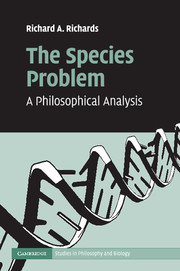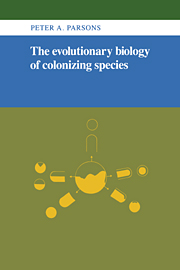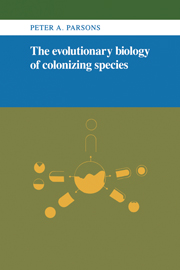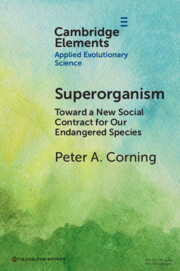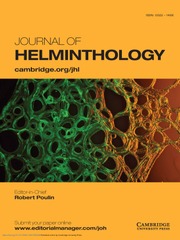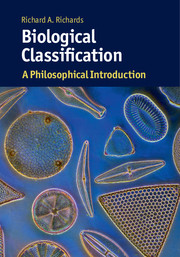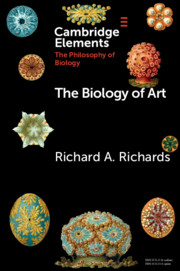The Species Problem
There is long-standing disagreement among systematists about how to divide biodiversity into species. Over twenty different species concepts are used to group organisms, according to criteria as diverse as morphological or molecular similarity, interbreeding and genealogical relationships. This, combined with the implications of evolutionary biology, raises the worry that either there is no single kind of species, or that species are not real. This book surveys the history of thinking about species from Aristotle to modern systematics in order to understand the origin of the problem, and advocates a solution based on the idea of the division of conceptual labor, whereby species concepts function in different ways - theoretically and operationally. It also considers related topics such as individuality and the metaphysics of evolution, and how scientific terms get their meaning. This important addition to the current debate will be essential for philosophers and historians of science, and for biologists.
- Provides an historical perspective on the species problem
- Clarifies how the various species concepts function and how they should be evaluated
- Analyses philosophical issues related to the species debate and provides an innovative solution to the problem
Reviews & endorsements
'… an entertaining read and well organized … a launching off point for a new direction in studying the species problem.' Metascience
Product details
July 2015Paperback
9781107541078
248 pages
228 × 152 × 14 mm
0.37kg
Available
Table of Contents
- 1. The species problem
- 2. The transformation of Aristotle
- 3. Linnaeus and the naturalists
- 4. Darwin and the proliferation of species concepts
- 5. The division of conceptual labor solution
- 6. Species and the metaphysics of evolution
- 7. Meaning, reference and conceptual change
- 8. Conclusion
- Bibliography
- Index.

